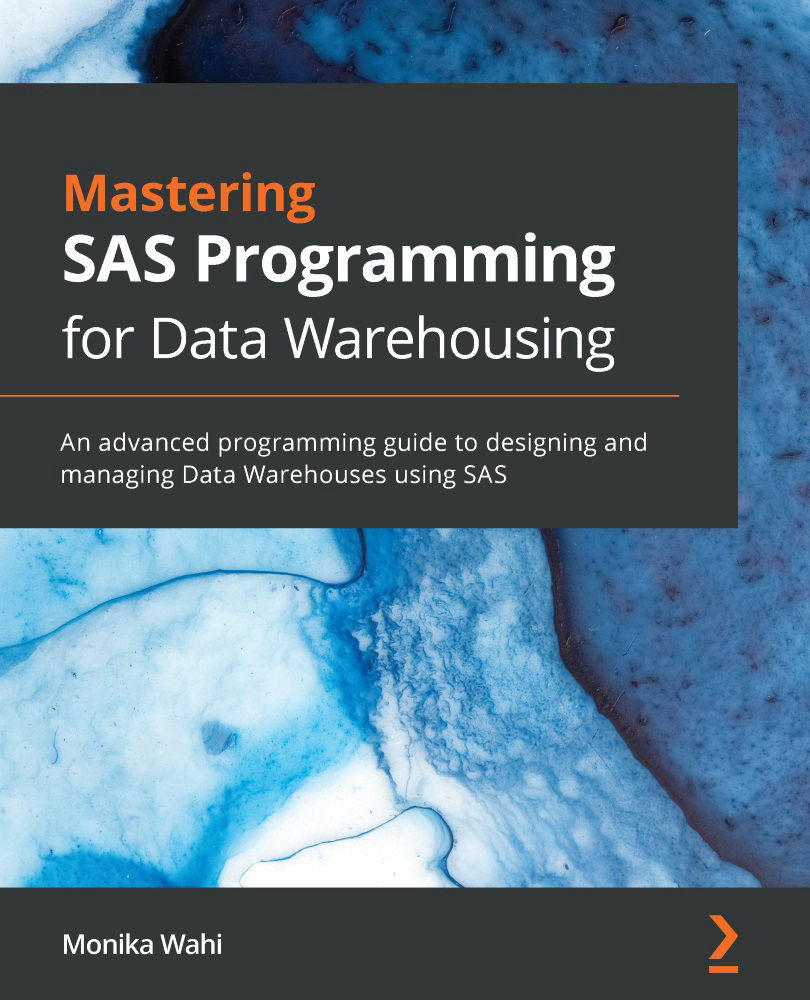Chapter 6
It is good to include
_listat the end of an array name so that it is clear by its name that it is an array, and not a variable.Adding a condition to an array allows it to process certain parts of the input array one way, and other parts of the input array another way, depending on the criteria that's been set for the input array.
The reason why it is often necessary to rename variables for arrays is that array processing goes faster if the input variables are named according to a naming convention, where each one has the same prefix and is followed by an incrementing number, such as
CM1throughCM11for the co-morbidity variables, as demonstrated in this chapter.SAS data warehouse managers need to make the following considerations about serving up index variables to users: whether the index variable was passed on from the native data provider or calculated at the SAS warehouse, how the index variable is documented, what index variables should be made...


































































